Olive Ridley Sea Turtle
- April 2, 2024
- 0 comment
The Olive Ridley sea turtle, scientifically known as Lepidochelys olivacea, is a remarkable marine species found primarily in warm waters of the Pacific, Indian, and southern Atlantic Oceans. Named for its distinct olive-colored carapace, these turtles are relatively small compared to other sea turtle species, typically measuring between 70 to 90 centimeters in length. One of the most captivating behaviors of Olive Ridleys is their synchronized nesting phenomenon, known as arribadas, where thousands of females gather on specific beaches to lay their eggs simultaneously. These nesting events are a breathtaking sight and occur predominantly on coastal stretches in Mexico, Costa Rica, and India.
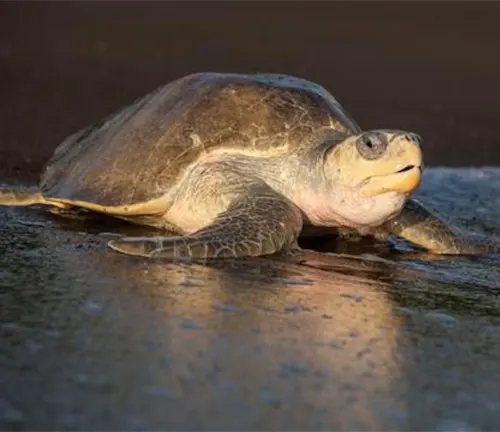
Despite their abundance, Olive Ridley sea turtles face various threats, including habitat destruction, pollution, bycatch in fishing gear, and poaching of eggs and adults. As a result, they are classified as vulnerable by conservation organizations. These turtles play a crucial role in marine ecosystems, helping maintain the health of seagrass beds and coral reefs by controlling populations of their prey. Efforts to protect Olive Ridley sea turtles involve a combination of conservation measures, including habitat preservation, enforcement of fishing regulations, and community-based initiatives. Their annual nesting events also attract thousands of tourists, providing economic benefits to local communities through ecotourism activities.
Olive Ridley sea turtles hold cultural significance in many coastal communities, symbolizing wisdom, longevity, and environmental stewardship. Despite the challenges they face, conservation efforts offer hope for the continued survival of these iconic marine creatures.
| Specification | Description |
|---|---|
| Scientific Name | Lepidochelys olivacea |
| Common Name | Olive Ridley sea turtle |
| Carapace Color | Olive-colored |
| Size | Typically 70 to 90 centimeters in length |
| Habitat | Warm waters of the Pacific, Indian, and southern Atlantic Oceans |
| Distribution | Found in tropical and subtropical regions |
| Nesting Behavior | Synchronized nesting phenomenon known as arribadas, where thousands of females lay eggs simultaneously |
| Nesting Sites | Predominantly on specific beaches along the coasts of Mexico, Costa Rica, and India |
| Conservation Status | Classified as vulnerable by the International Union for Conservation of Nature (IUCN) |
| Threats | Habitat loss, pollution, bycatch in fishing gear, poaching of eggs and adults |
| Ecological Role | Predators and prey, help maintain the health of seagrass beds and coral reefs |
| Conservation Efforts | Habitat preservation, enforcement of fishing regulations, community-based initiatives |
| Economic Importance | Tourism attraction, economic benefits through ecotourism activities |
| Cultural Significance | Symbol of wisdom, longevity, and environmental stewardship in coastal communities |
| Challenges | Climate change, ocean pollution, illegal trade |
Exploring the World of Olive Ridley Sea Turtles
Olive Ridley sea turtles, also known as Lepidochelys olivacea, are one of the smallest and most abundant sea turtle species, yet they play a significant role in marine ecosystems. In this article, we delve into the fascinating world of Olive Ridley sea turtles, exploring their habitat, behavior, conservation status, and much more.
Habitat and Distribution
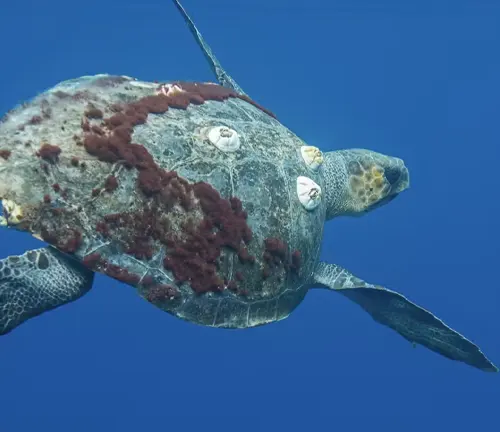

The habitat and distribution of the Olive Ridley sea turtle are primarily centered around warm waters in the Pacific, Indian, and southern Atlantic Oceans. These turtles are typically found in tropical and subtropical regions, where water temperatures are suitable for their survival. Olive Ridley sea turtles have a broad distribution range, but they tend to prefer coastal areas with access to sandy beaches for nesting. They inhabit a variety of marine environments, including coral reefs, seagrass beds, and estuaries, where they feed on a diverse range of prey. Their distribution is also influenced by factors such as ocean currents, food availability, and nesting opportunities.
While Olive Ridley sea turtles are highly migratory, traveling long distances between feeding and nesting grounds, they are known to return to specific beaches to lay their eggs during nesting season. These nesting events often occur on beaches along the coasts of Mexico, Costa Rica, and India, where thousands of females gather to lay their eggs simultaneously, creating breathtaking spectacles known as arribadas. Overall, the habitat and distribution of Olive Ridley sea turtles reflect their adaptation to warm oceanic environments and their reliance on coastal habitats for nesting and foraging.
Physical Characteristics
The Olive Ridley sea turtle is recognized by its olive-colored carapace, which is typically heart-shaped and measures around 70 to 90 centimeters in length. They have a narrow head with a slightly hooked beak and distinctive flipper-like limbs. These turtles possess powerful flippers, which aid them in swimming and navigating through ocean currents with agility.

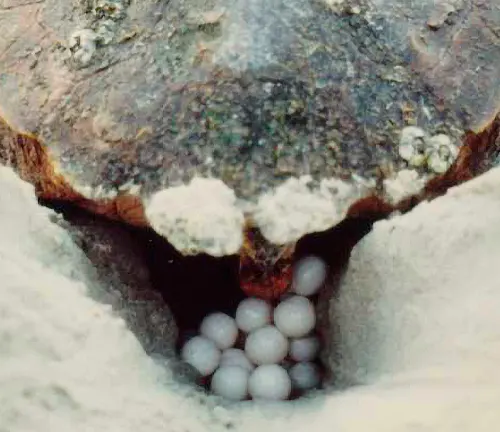
Reproduction and Nesting Behavior
One of the most remarkable behaviors of Olive Ridley sea turtles is their synchronized nesting phenomenon, known as arribadas. During arribadas, thousands of females come ashore simultaneously to lay their eggs, creating breathtaking spectacles on specific beaches along the coasts of Mexico, Costa Rica, and India. This nesting behavior ensures the survival of their offspring by overwhelming predators with sheer numbers.
Threats and Conservation Status
Despite their abundance, Olive Ridley sea turtles face numerous threats, including habitat loss, pollution, bycatch in fishing gear, and poaching of eggs and adults. As a result, they are classified as vulnerable by the International Union for Conservation of Nature (IUCN). Conservation efforts are underway to protect Olive Ridley sea turtles, including habitat preservation, enforcement of fishing regulations, and community-based initiatives.
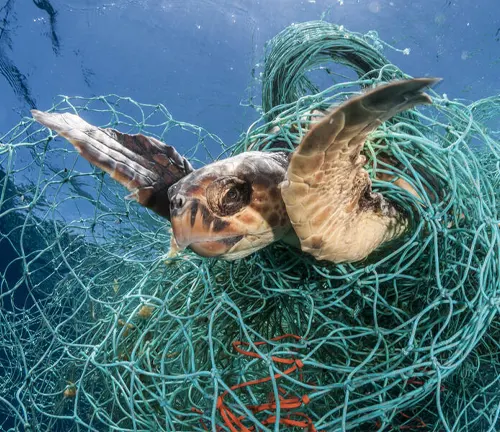
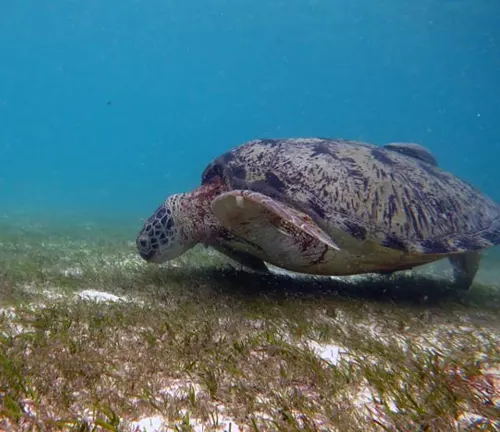
Importance in Ecosystem
Olive Ridley sea turtles play a vital role in marine ecosystems as both predators and prey. They help maintain the health of seagrass beds and coral reefs by controlling populations of their prey, such as jellyfish and crustaceans. Additionally, their eggs provide a valuable food source for various predators, contributing to the nutrient cycling within coastal ecosystems.
Conservation Efforts
Efforts to protect Olive Ridley sea turtles involve a combination of conservation measures, including habitat preservation, enforcement of fishing regulations, and community-based initiatives. Conservation organizations and government agencies work together to monitor nesting sites, rehabilitate injured turtles, and educate local communities about the importance of conservation.
Role in Tourism
The annual nesting events of Olive Ridley sea turtles attract thousands of tourists to coastal regions, providing economic benefits to local communities through ecotourism activities. Visitors have the opportunity to witness these majestic creatures in their natural habitat and learn about conservation efforts aimed at protecting them.
Unique Features
One of the unique features of Olive Ridley sea turtles is their ability to navigate across vast ocean distances using Earth’s magnetic field as a guide. Scientists are still studying the mechanisms behind this remarkable navigational skill, which allows them to return to their natal beaches for nesting.
Different Species
Loggerhead Sea Turtle
(Caretta caretta)
Known for its large head and powerful jaws, the loggerhead sea turtle is one of the most widespread species of sea turtles. It inhabits temperate and tropical waters worldwide and is known for its distinctive reddish-brown carapace.

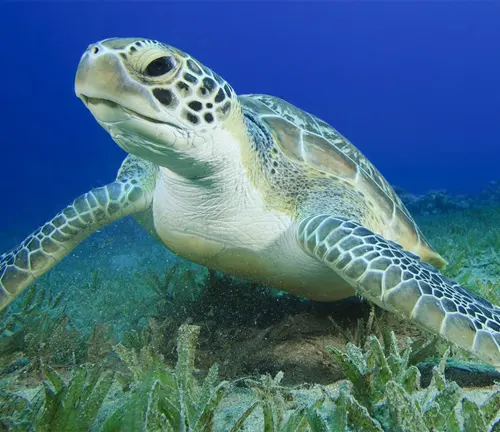
Green Sea Turtle
(Chelonia mydas)
Named for the green color of its fat and cartilage, rather than its carapace, the green sea turtle is found in tropical and subtropical waters around the globe. It is primarily herbivorous, feeding on seagrasses and algae.
Hawksbill Sea Turtle
(Eretmochelys imbricata)
Recognizable by its pointed beak and overlapping scutes on its carapace, the hawksbill sea turtle inhabits coral reefs and rocky coastlines in tropical and subtropical regions. It is critically endangered due to habitat loss and illegal trade of its beautiful shell.


Kemp’s Ridley Sea Turtle
(Lepidochelys kempii)
Similar in appearance to the Olive Ridley sea turtle, Kemp’s Ridley is one of the rarest and most endangered species of sea turtles. It nests primarily on a single beach in Mexico and is heavily impacted by accidental capture in fishing gear.
Leatherback Sea Turtle
(Dermochelys coriacea)
The largest of all sea turtles, the leatherback can reach lengths of up to 2 meters and weigh over 900 kilograms. It has a unique leathery shell instead of a hard carapace and is known for its long migrations across oceans.
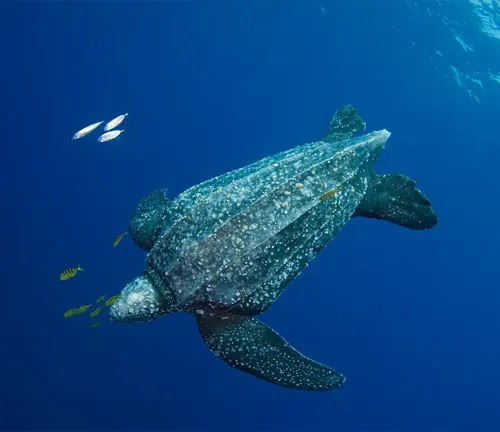

Flatback Sea Turtle
(Natator depressus)
Found exclusively in the waters of Australia and Papua New Guinea, the flatback sea turtle has a relatively flat carapace and a restricted range compared to other sea turtle species.
Frequently Asked Questions (FAQs)
- Are Olive Ridley sea turtles endangered?
Olive Ridley sea turtles are classified as vulnerable by the International Union for Conservation of Nature (IUCN) due to threats such as habitat loss, pollution, and bycatch in fishing gear. - Where do Olive Ridley sea turtles nest?
Olive Ridley sea turtles nest primarily on specific beaches along the coasts of Mexico, Costa Rica, and India during synchronized nesting events known as arribadas. - How many eggs do Olive Ridley sea turtles lay?
Female Olive Ridley sea turtles can lay anywhere from 100 to 150 eggs per nest during the nesting season. - What do Olive Ridley sea turtles eat?
Olive Ridley sea turtles are omnivores, feeding on a variety of marine organisms including jellyfish, crustaceans, and algae. - How long do Olive Ridley sea turtles live?
The lifespan of Olive Ridley sea turtles is not precisely known, but they are estimated to live for several decades in the wild. - What threats do Olive Ridley sea turtles face?
Olive Ridley sea turtles face numerous threats, including habitat loss, pollution, bycatch in fishing gear, poaching of eggs and adults, and climate change. - Do Olive Ridley sea turtles migrate?
Yes, Olive Ridley sea turtles are highly migratory and travel long distances between feeding and nesting grounds. They are known to migrate across ocean basins. - How can I help conserve Olive Ridley sea turtles?
You can support conservation efforts by reducing plastic pollution, supporting sustainable seafood practices, participating in beach cleanups, and donating to reputable conservation organizations. - Are Olive Ridley sea turtles aggressive?
Olive Ridley sea turtles are not typically aggressive towards humans unless provoked. They are generally shy and elusive creatures. - What is the significance of arribadas?
Arribadas, or synchronized nesting events, are crucial for Olive Ridley sea turtles’ reproductive success, as they provide protection against predators and increase the chances of successful egg fertilization.



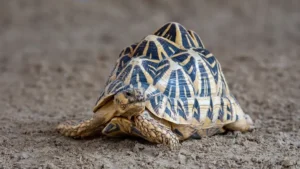


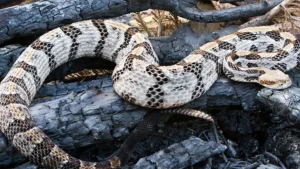

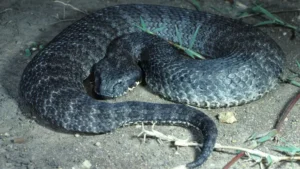
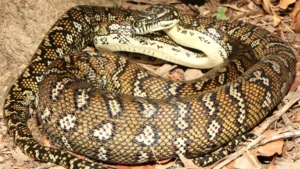
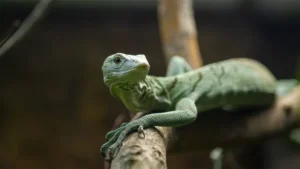
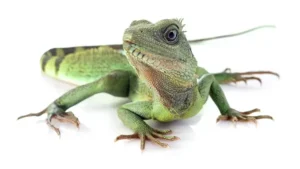
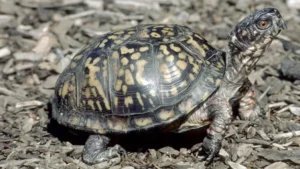

Leave your comment